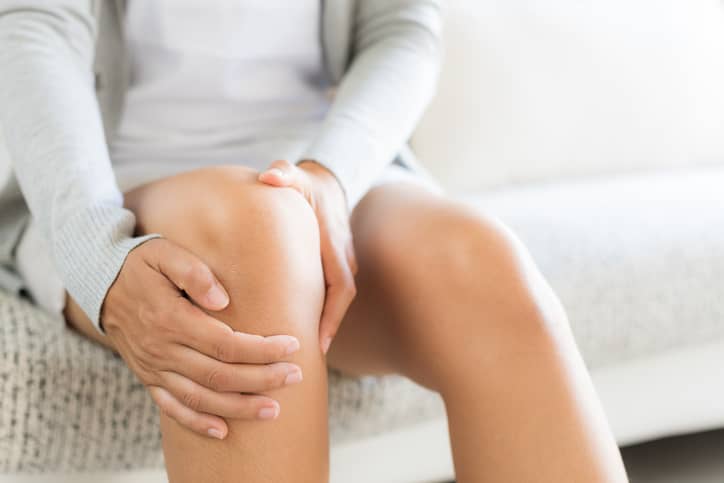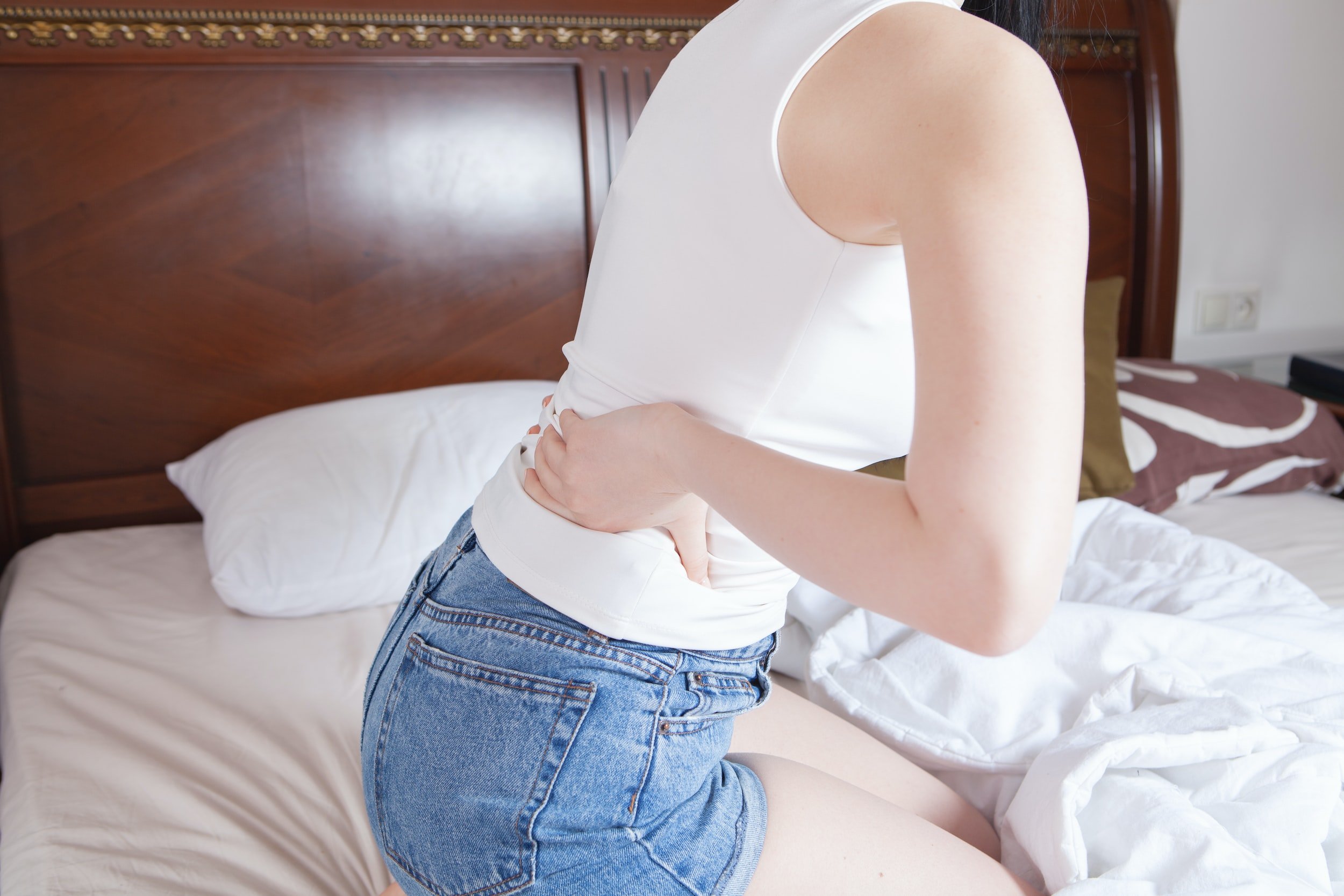
Menopause and Joint Pain: A woman’s menstrual period ends with menopause, a normal biological process. Menopause, which usually strikes women in their late 40s to early 50s, causes a variety of hormonal changes in the body. In addition to the well-known symptoms like mood swings and heat flashes, joint pain is another common issue that many women go through during this stage of life.
What are the Causes of Joint Pain during Menopause
Hormonal changes, especially the decrease in levels of estrogen, are the main cause of joint discomfort during menopause. To preserve joint health and bone density, estrogen is essential. Osteoporosis and arthritis, which can cause joint pain and stiffness, are illnesses arising from a reduction in bone mass brought on by menopause.
Kinds of joint pain that people have
- Osteoarthritis & rheumatoid arthritis are also referred to as two conditions for which menopause might worsen symptoms. These ailments cause pain and stiffness due to joint degeneration and inflammation.
- Osteoporosis risk is increased by reduced estrogen levels, which can hasten bone loss. Among this condition’s prevalent symptoms are fractures and joint discomfort.
- Menopause-related hormonal changes can also cause aches and pains in the muscles, particularly in the vicinity of the joints.
Hazard Contributors
Several reasons might make joint discomfort during menopause more likely:
- Age: Joint issues are more common in older women.
- Lifestyle Factors: Smoking, a poor diet, and being inactive can all exacerbate joint pain.
- Genetics: Women with a family history of osteoporosis or arthritis may be more susceptible to joint issues.
Signs and Symptoms of Joint Pain
While the signs of joint pain during menopause might differ, they frequently consist of:
- stiff joints, especially first thing in the morning
- swelling around the afflicted joints
- reduced flexibility and range of motion
Management and Relief
In menopause, joint pain management requires a comprehensive strategy:
- Medication: NSAIDs, or nonsteroidal anti-inflammatory medicines, can help reduce inflammation and discomfort.
- Hormone Replacement Therapy (HRT): For many women, replacing estrogen may ease joint pain.
- Lifestyle Modifications: Engaging in joint-friendly activities, keeping a healthy weight, and exercising often can all help relieve pain.
Menopause and Exercise
After menopause, regular exercise is essential for maintaining joint health. Weight-bearing activities that increase flexibility in joints and strengthen bones include yoga, strength training, and walking.
Nutritional Aspects
Eating a well-balanced diet high in antioxidants, calcium, and vitamin D will help maintain bone health and minimize inflammation, which will ease joint discomfort.
Alternative Medical Interventions
Some women use medicinal products like ginger and turmeric or alternative therapies like acupuncture to relieve their joint discomfort.
Preventive Actions
Regular medical check-ups and early diagnosis of joint problems can empower women to take proactive measures to manage or avoid exacerbating their joint discomfort.
Effects on Day-to-Day Living
Daily activities might be greatly impacted by joint discomfort. Coping mechanisms such as self-pacing, making use of assistive technology, and reaching out for emotional support might have an impact.
Consulting a Healthcare Professional
For an accurate diagnosis and customized treatment plan, women going through menopause who have ongoing joint discomfort should speak with a healthcare professional.

Myths and Reality Regarding Joint Pain with Menopause
By debunking myths regarding joint discomfort associated with menopause, women can be better equipped to take care of their health. Read this (The Menopause Diet: 5-Day Plan to Lose Weight)
Upcoming Studies and Innovations
The goal of ongoing research is to provide more specialized therapies and treatments to manage menopausal symptoms, such as joint discomfort.
Conclusion
In conclusion, hormonal fluctuations and lowering estrogen levels are major causes of joint discomfort throughout menopause. Women can manage joint discomfort and preserve overall well-being by taking a proactive strategy that includes lifestyle adjustments, suitable treatments, and routine medical supervision.
Frequently Asked Question
Can menopause cause severe joint pain?
Joint pain varies in intensity throughout people and might be attributed to hormonal changes associated with menopause.
What exercises are best for relieving joint pain during menopause?
Yoga, cycling, and swimming are examples of low-impact activities that can assist increase joint mobility and lessen discomfort.
Is joint pain during menopause permanent?
When joint pain is properly managed with medicine, exercise, and lifestyle changes, it can get better.
